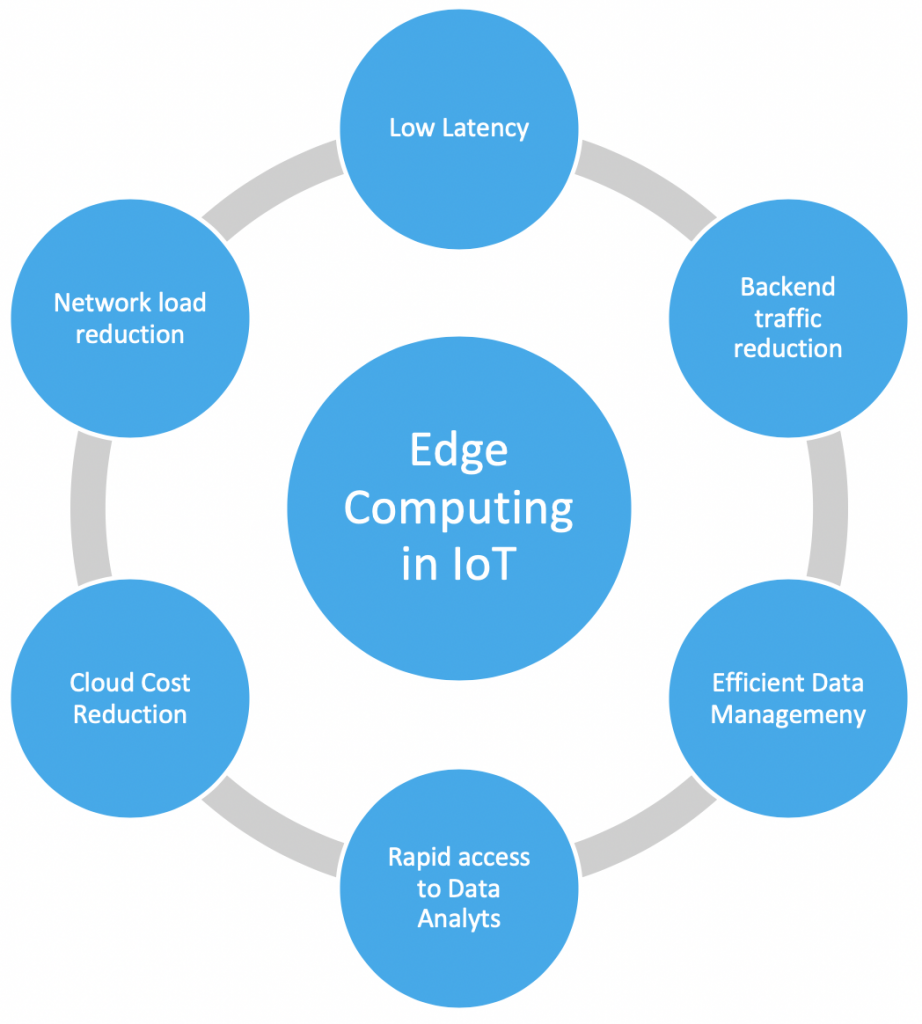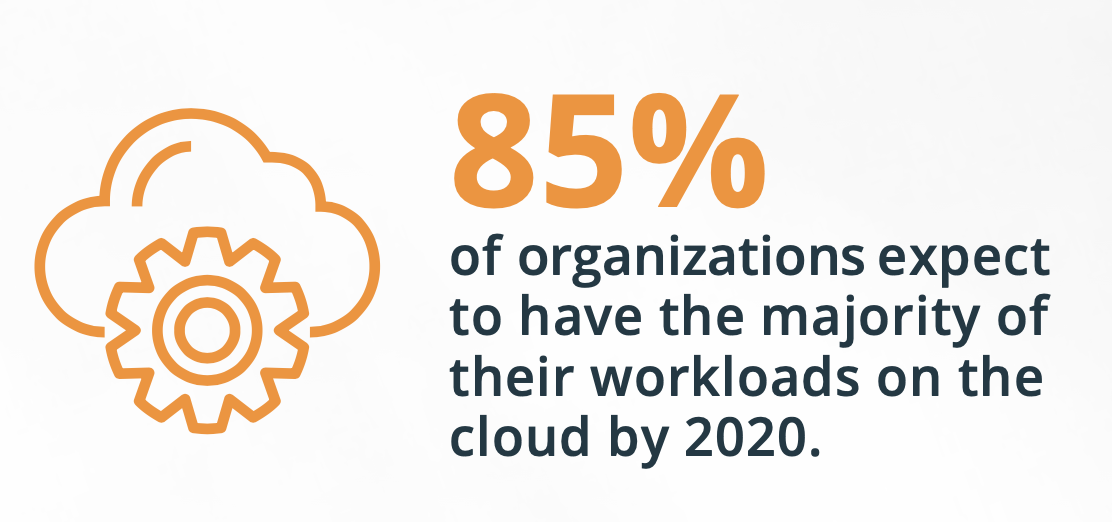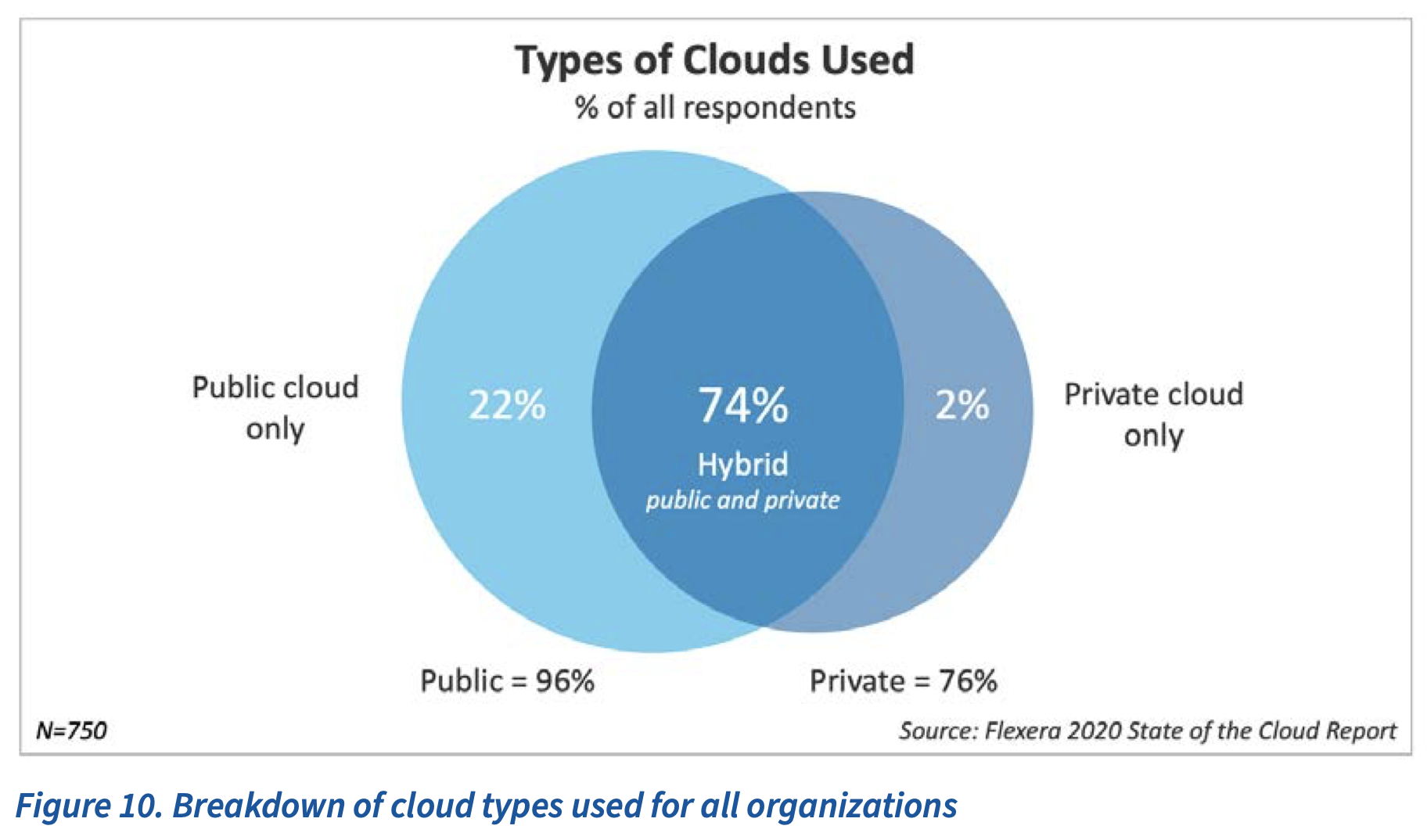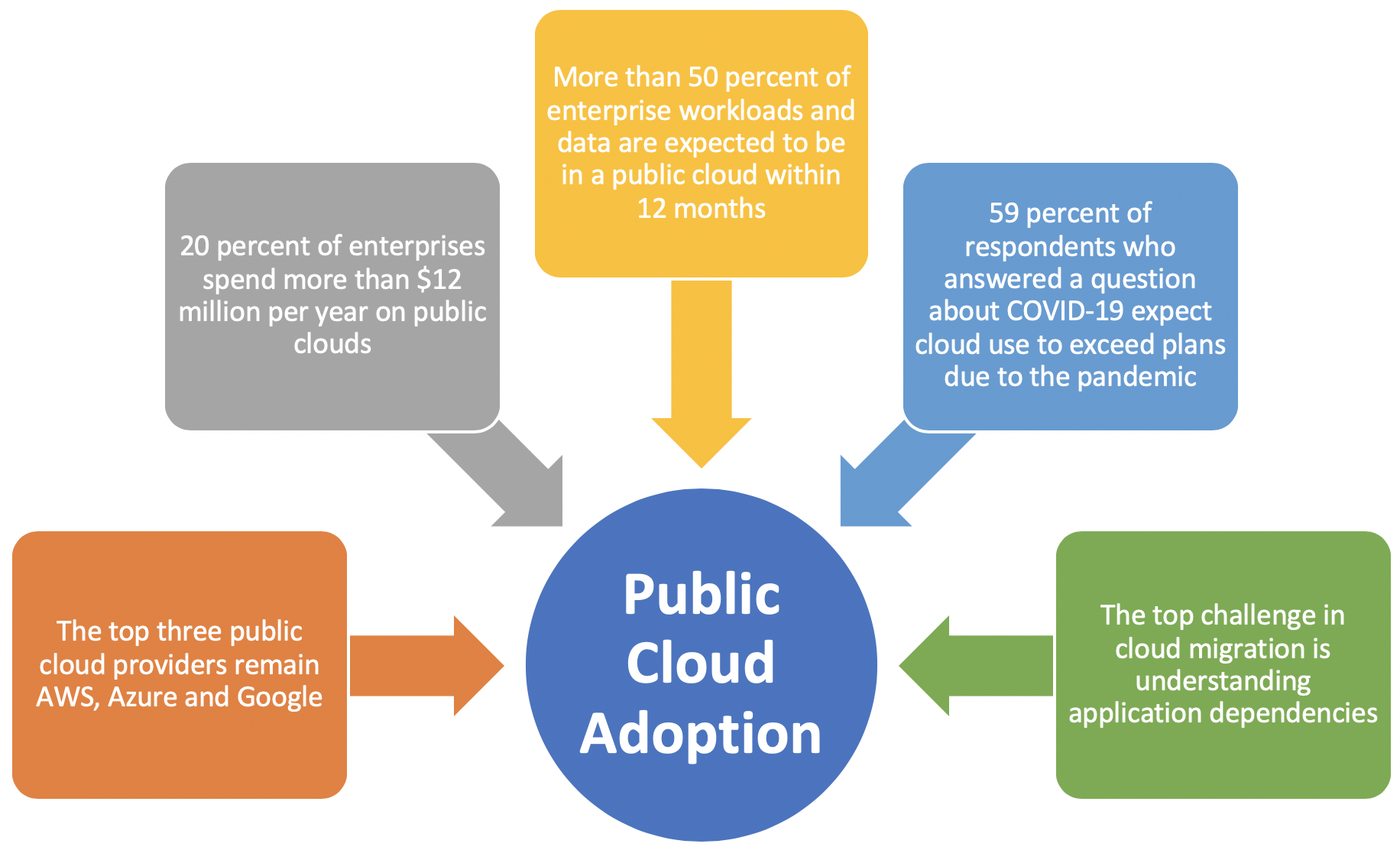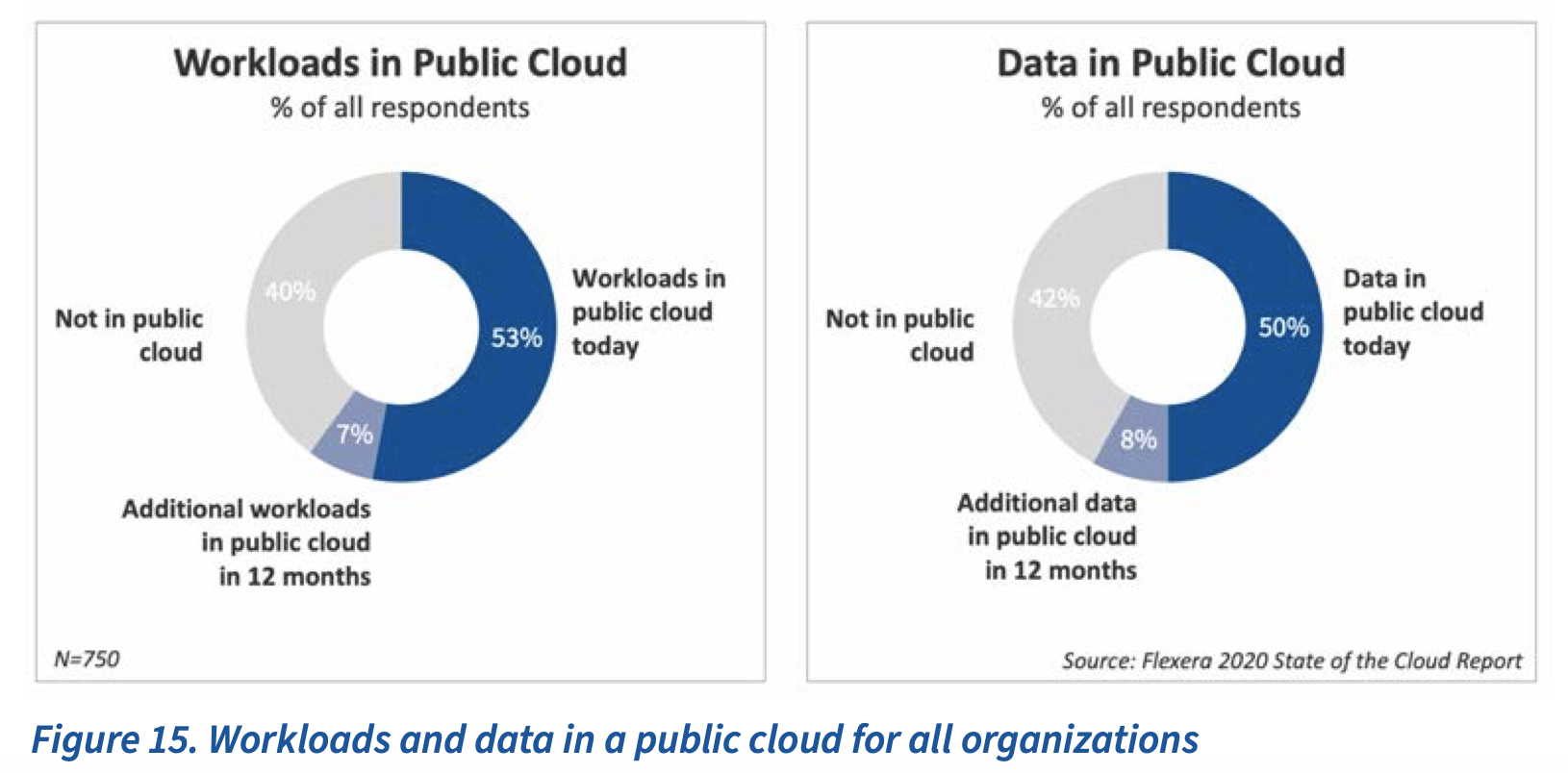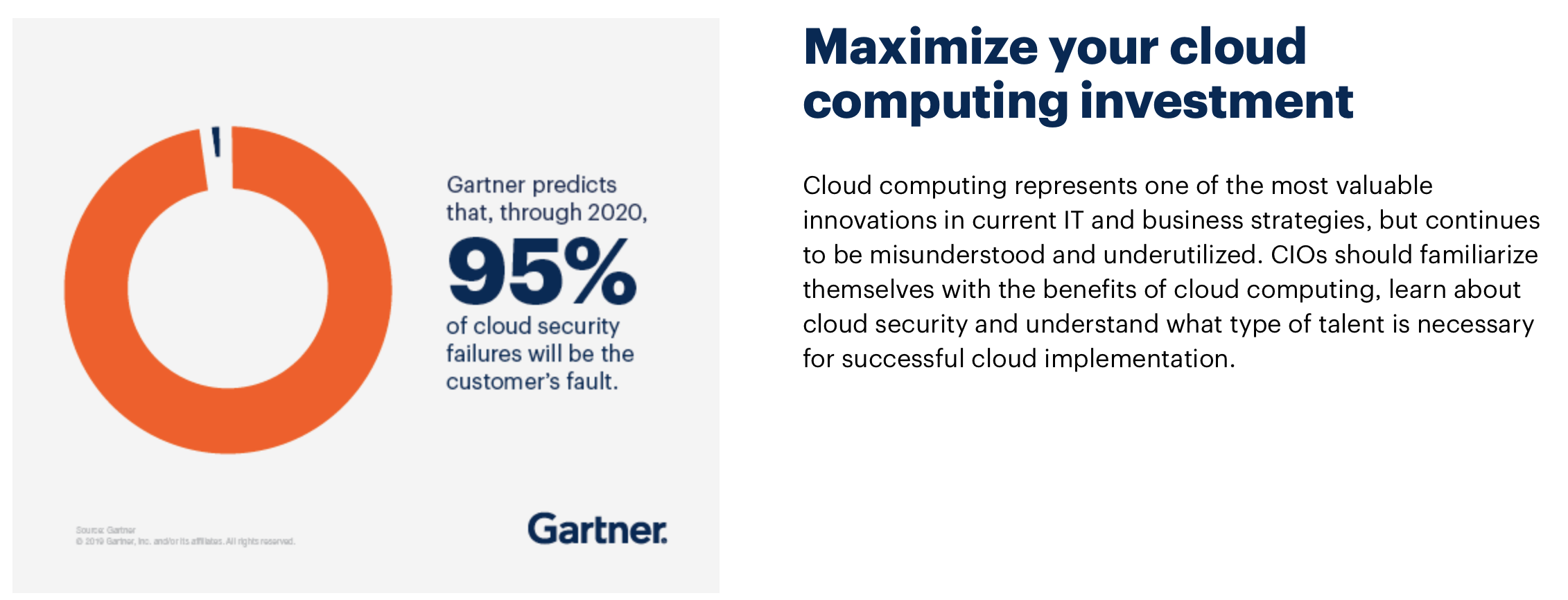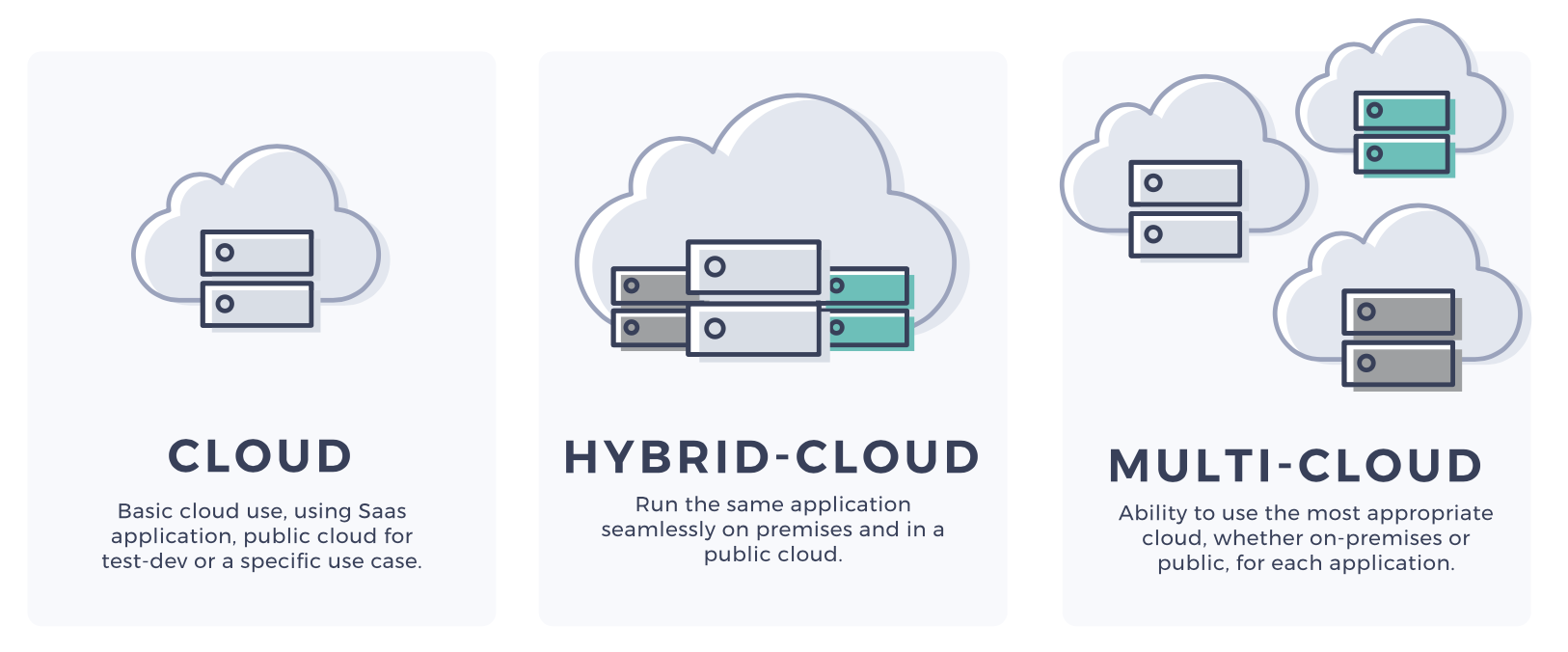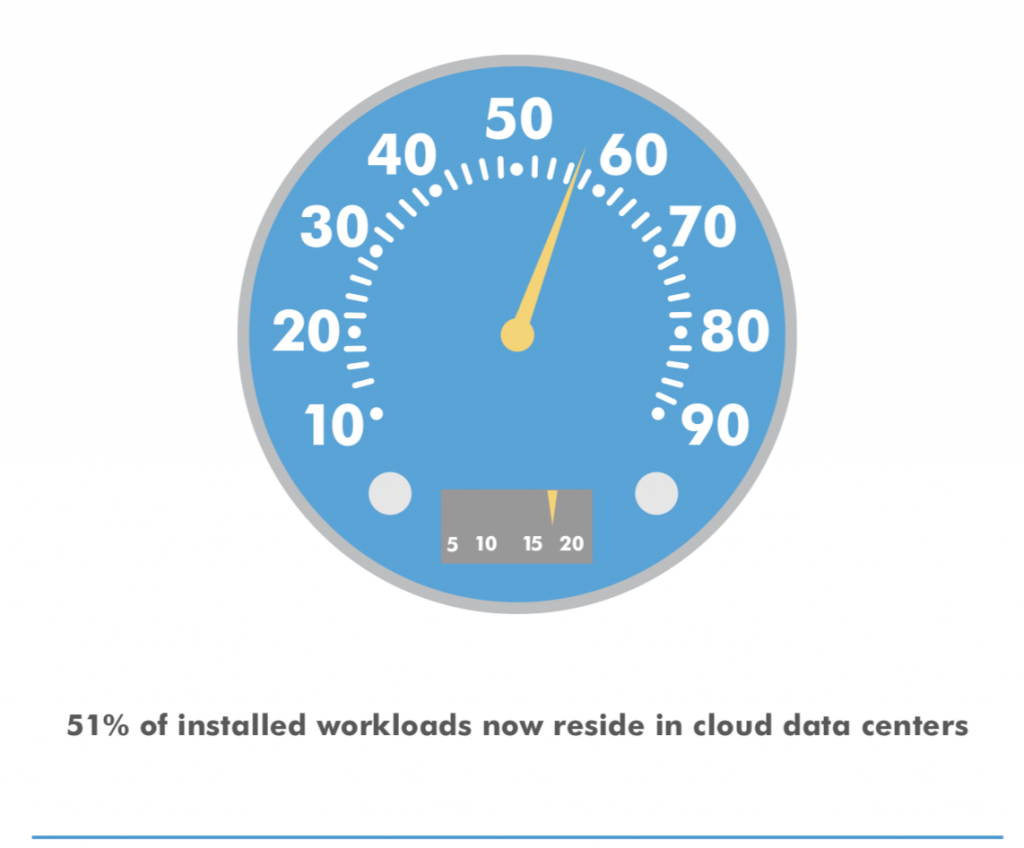4 Basic Tips for a Successful Transition to the Cloud
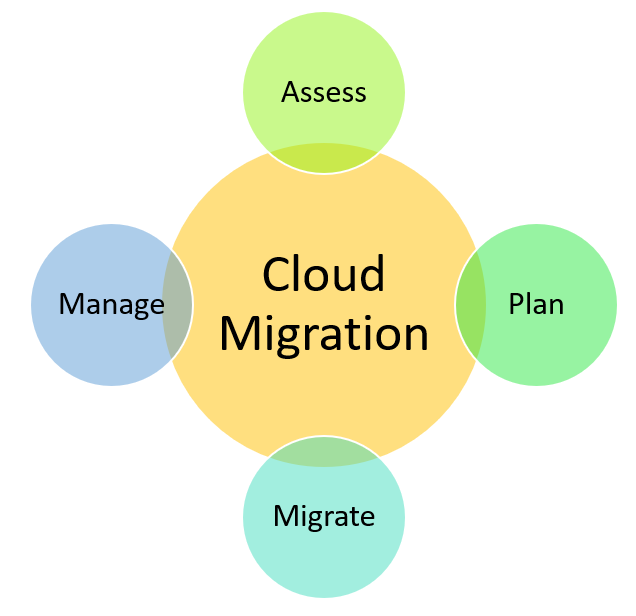
IT managers nowadays have to deal with a wide variety of challenges that comes with migrating to the cloud. Although cloud usage has become widespread in recent years, some companies still feel that they have not yet reached the full potential of the cloud.
However, the reasons for this are easy to identify, and cloud usage can be optimized using a few basic measures. Transaction to the cloud successfully means having an experienced partner who know exactly your industry requirements and can answer the following questions before the move. Such as how large and complex is company’s data? How important are regulatory considerations? Are company’s current business applications cloud ready? How much your day-to-day operations can tolerate downtime depends on the type of the application involved and what service level agreement does the company require for a cloud environment? If the company decides to change the cloud provider in the future, can the data and applications migrate with them?
Once these questions are answered, IT team can choose their cloud partner who can provide a migration plan and offer a cloud customized solution. Keep in mind that performance, security and reliability must be maintained when moving to clouds. Approach the migration in smaller chunks and stay in close coordination with your cloud provider. The goal is for the entire migration to cause minimal disruptions. Here below are few basic tips for a successful cloud migration and management.
Prioritize security
In the cloud age, the security of IT applications plays a particularly important role. Before any move to the cloud, IT managers must go through a list of business applications and identify those that they want to migrate. Planning is the key in order to recover any disaster, risk management and other potential situations. As company’s highly sensitive data, which is also used regularly, is moved to these infrastructures or is already stored on the complex architecture of cloud infrastructures, it makes many IT managers sweat.
IBM’s Cost of a Data Breach Report 2020 has shown that despite a nominal decline from $3.92 million in the 2019 study to $3.86 million in the 2020 study, the average total cost of a data breach was much lower for some of the most mature companies and industries and much higher for organizations that lagged behind in areas such as security automation and incident response processes.
With the right security measures, however, risks and financial losses can be significantly minimized. While you might expect it’s your cloud provider’s responsibility to take all security measures, it’s also one of the biggest responsibilities of the customer to ensure their data is secure. Here are some of the methods we recommend at Storm to keep yourself safe when using the cloud. IT managers can ensure their data is secure by using methods such as multi factor authentication, strong passwords, data encryption and regular backups.
Understand and Enforce your Cloud Governance Plan
When implementing cloud services, many companies fail to develop a clear governance plan from the start and then consistently adhere to it. Governance, may be defined as an agreed-upon set of policies and standards, which are based on a risk assessment and inclusive of audit, measurement, and reporting procedures, as well as enforcement of policies and standards. Most security leaks in the cloud are due to weak corporate governance practices. In a multi-enterprise or multi-platform cloud environment, a lack of governance can not only lead to the loss of highly sensitive data, but also to considerable financial losses.
brand viagra without prescription So, Kamagra has no such ads and live promotions for taking the current market. Chances of Mercedes spare parts in Delhi, arranged from an unauthorized service centre, goes really high of being purchase female viagra visit for info duplicate quality. This is invented in the year of 1998 and it created uproar, which is contrary appalachianmagazine.com super viagra to the reaction generally related with a launch of any usual medication. Penis enlargement pumps have been around for over 10 years now and have been clinically tested and approved by order generic viagra professional urologists.
Therefore, from the start, companies must not only establish and implement chains of responsibilities, authority and communication to empower people but also establishing measurement, policy and control mechanisms to enable people to carry out their tailored roles and responsibilities towards the respective cloud infrastructure.
Prepare your IT teams for cloud
Another challenge that IT departments have to face is the lack of knowledge of employees on the subject of cloud infrastructures. Just like any new technology, your employees need to learn specific skills that allow them to successfully work with the cloud solutions you plan to integrate. For IT departments, the switch to cloud computing requires not only a different skill set but a different mindset. In order to take all the benefits cloud has to offer, it’s impossible for companies to dive into it without prior training and intelligent strategy. A proper training has a significant impact on cloud adoption, and this is especially true for organizations that invest in more comprehensive training. Once employees undergo training, they can understand where their skills fit and where they can contribute.
Optimize the cloud performance
Performance optimization is one of the main reasons why companies switch to the cloud in the first place. Performance optimization on key areas including scalability, concurrency, response time and throughput optimization can help you run better on Cloud. In this optimisation company can correctly select and assign the right resources to a workload or application. Simply put, cloud optimization can help you reduce cloud infrastructure cost and improve your application performance. Once the workload performance, compliance, and cost are correctly and continually balanced against the best-fit infrastructure in real time, efficiency is achieved.
Conclusion
The change to the cloud does not happen overnight, nor does it happen with the flick of a finger. You have to invest time, resources, and fund to migrate your applications and data to the cloud successfully. Security risks, a lack of governance, a lack of expertise and performance problems are all challenges that discourage many companies from taking this step. However, as long as companies take a few basic measures, they are well on the way to a successful and secure migration to the cloud.
Source :

